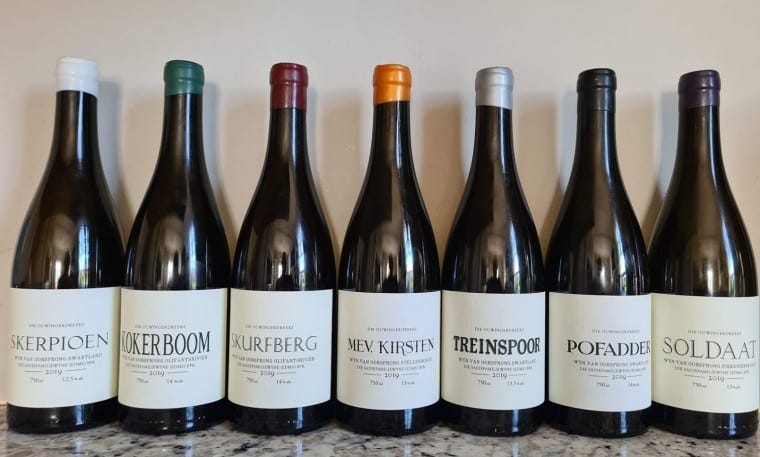Germany, established in 1866, is firmly ensconced among Europe's illustrious 'Old World' wine regions. However, long before Germany's unification was even a glimmer in history's eye, Jan van Riebeeck, Cape Town's founder, produced South Africa's first wine in 1659. Despite its ancient vinous roots, South Africa is still considered part of the 'New World.' So, if age isn't the defining factor, how do we classify wine regions, and where does South Africa fit in?
A Colonial History
Although the country of Germany is fairly modern, viticultural practices in the region date back 2000 years to the Romans who introduced grape growing with their conquest of Europe. By contrast, South Africa's viticultural tale began with colonisation, mirroring other New World wine regions.
South Africa emerged on the global stage during the nascent stages of Chinese and European trade relationship. As merchants sought alternative routes to the Silk Road, they ventured around the Cape of Good Hope. The Portuguese were among the first to establish ports here, though primarily for trade rather than settlement. It was the Dutch East India Company that laid the groundwork for an African colony, setting up a trade post in Cape Town in 1652 under the command of Jan van Riebeeck, the region's pioneering vintner.
Wine production trickled slowly from this nascent colony until the arrival of the French Huguenots. Fleeing religious persecution, these refugees brought french winemaking techniques that would shape South Africa's wine industry.
Wines of South Africa
South Africa's international wine identity is defined by three principal styles. Here's a glimpse into each:
Chenin Blanc reigns as the most widely planted variety, flourishing in diverse climates from lush valleys to windswept coastlines. Known locally as Steen, it ranges from plush and fruity to intense and mineral. A favorite of mine is Sadie Family Wines, whose Chenin Blancs boast remarkable intensity, concentration, and elegance.
Pinotage, a unique cross between Pinot Noir and Cinsault (also called Hermitage), was created by Prof. Abraham Perold in 1924. It’s one of the most polarising wines I've encountered. My old tasting notes on Pinotage include the word 'vegemite' and a hasty sketch of a rather disgruntled young woman.
Vin de Constance is a sumptuous golden sweet wine from the region of the same name. Made from Muscat de Frontignan and typically aged in oak, these wines are unfortified and free from botrytis. Klein Constantia is the standout producer. Adam Lechmere’s article on a vertical tasting of these wines is a delightful read, capturing the essence of their character.
A Region Between Worlds
Geographically, South Africa's tip reaches tentatively into the vast blue of the surrounding oceans. The Atlantic and Indian Oceans embrace this chalice-shaped country, providing cooling winds and currents that temper its Mediterranean climate. Culturally, it is a crossroads of African sophistication, European gastronomy, and Asian industry. If any place feels like the true center of the world, yet somehow distinct from it, it is South Africa.
Despite its rich soils and complex history, South African wine remains relatively obscure. The Apartheid era and subsequent international sanctions severely hampered the industry's growth. When these barriers fell, a flood of low-quality, mass-produced wines tarnished its reputation. The journey from Napoleon’s favored exile wine to cheap and cheerful plonk has been rocky. Houses like Klein Constantia, Sadie, and Hamilton Russell are pioneering a renaissance, redefining the narrative of South African wine and its promising future.




What a tantalising seed for discussion you planted in the opening paragraph.
Indeed,vineyards had been established and wines were produced in South Africa since 1659.
Furthermore, vitis vinifera was cultivated and wines were being produced in Mexico, Peru, Chile and Argentina from the mid-16th century, and production exceeded the needs of the church.
Perhaps the terms 'Old World' and 'New World' are misleading and imprecise in relation to catagorizing wines or wine styles.
I would love to read how you would approach this subject.
Thanks for the great historical snapshot of South Africa.
Keep it coming.
I’m so happy that I found you. Amazingly I JUST purchased a selection from Sadie like the Die Ouwingerdreeks Collection from 2016! I am obsessed with South African Chenin Blanc!